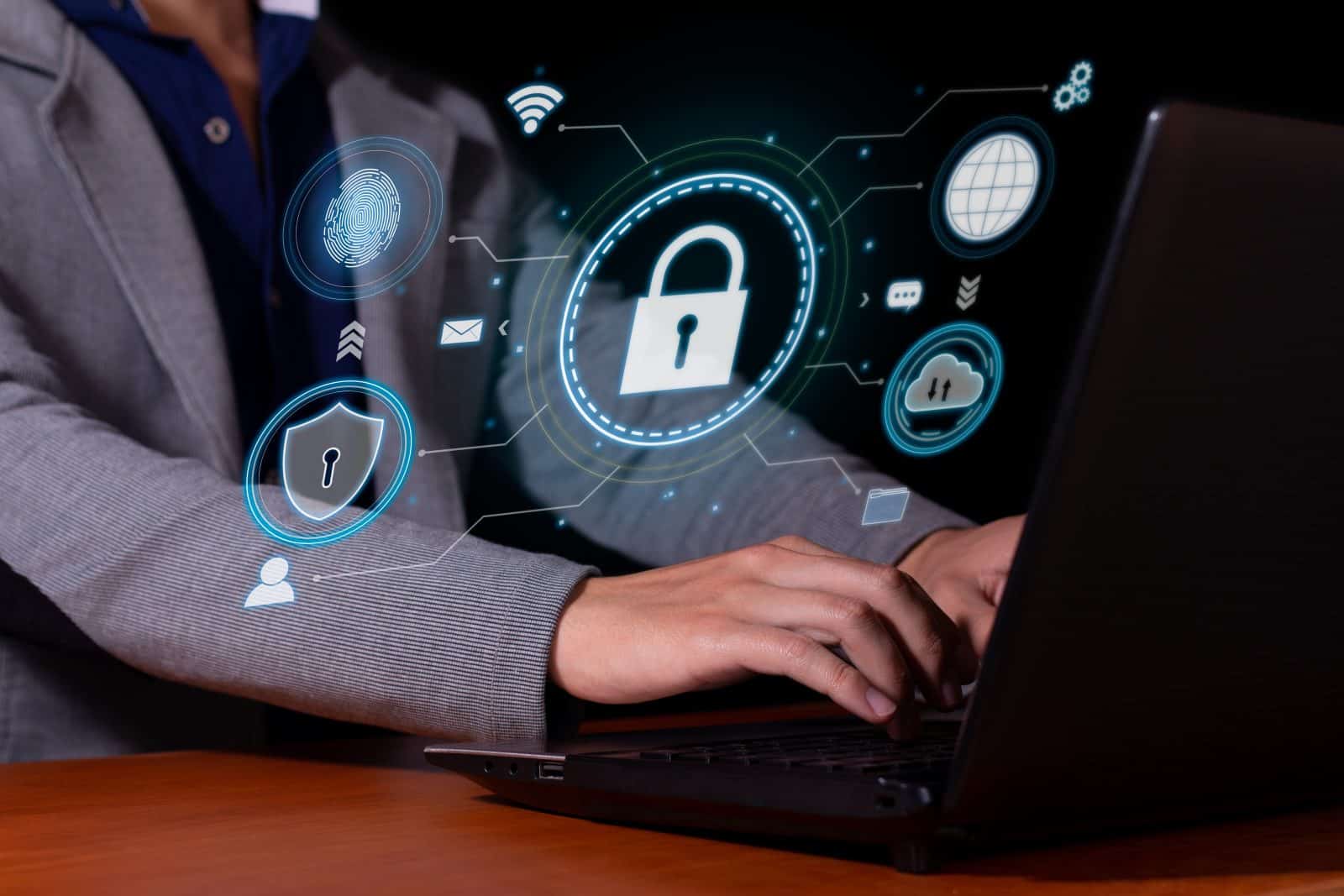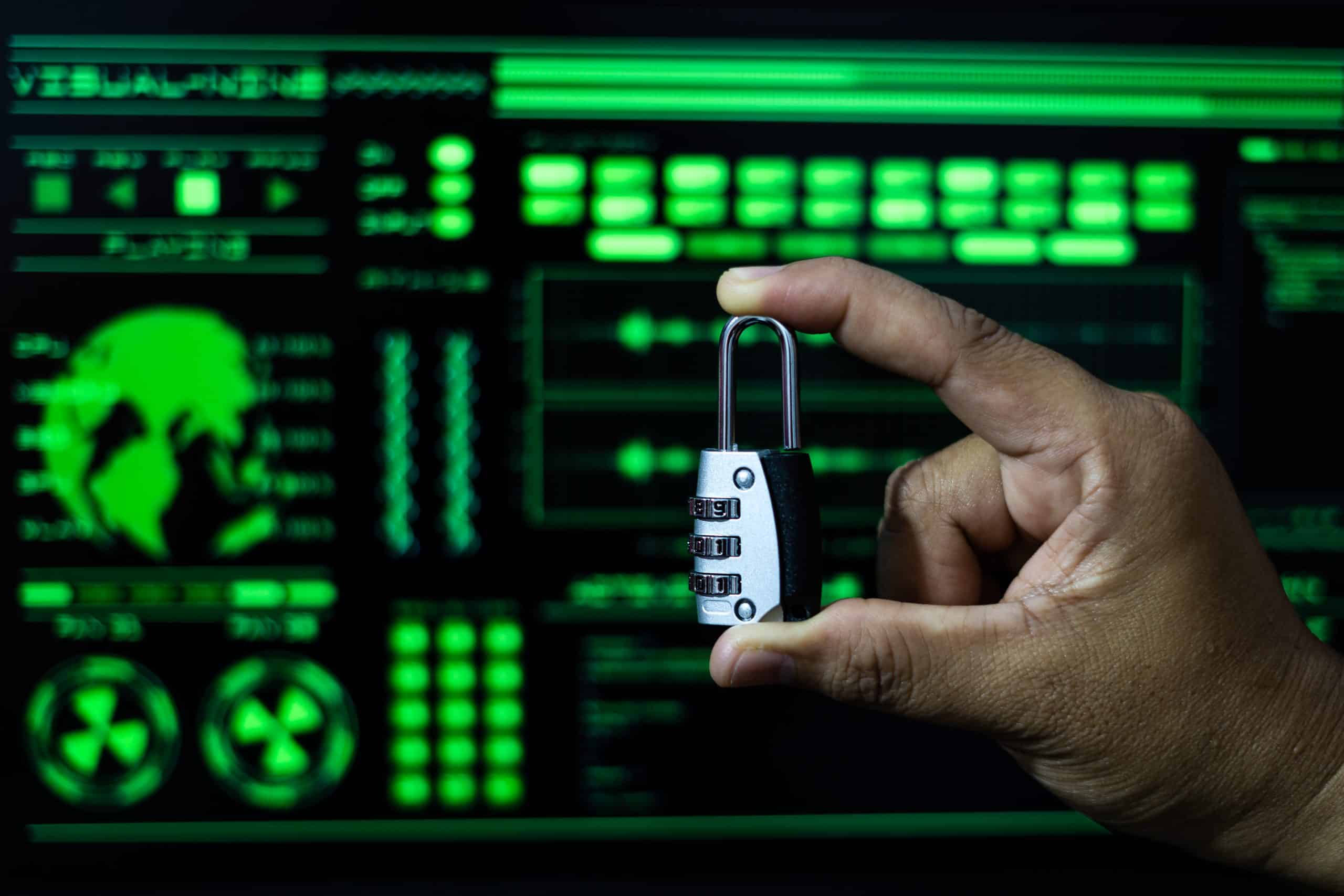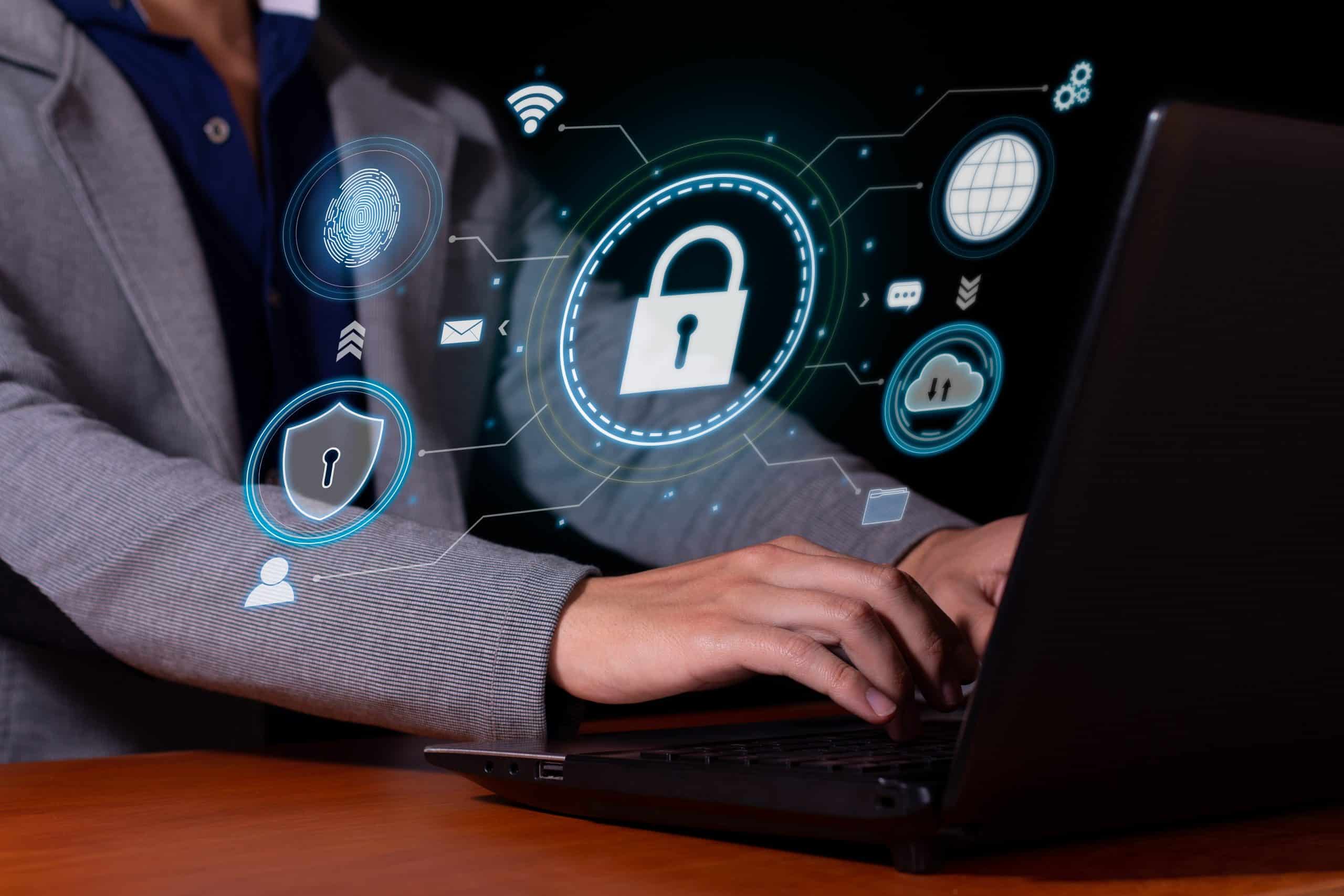Network Management
Unleashing Potential with Superior Network Management
In the digital business landscape, a robust network is the backbone of enterprise productivity and growth. Logic Fortress’s Network Management services ensure that your network is not just operational but optimized and future-proof. Our solutions are the bedrock upon which businesses build their success.

Why Network Management is Crucial for Your Business
- Ensures continuous operation with minimal downtime
- Provides a foundation for cybersecurity
- Supports scalability for growing business needs
Comprehensive Network Solutions Tailored to Your Needs
Our approach to network management is holistic, encompassing not just the maintenance of hardware and software but also strategic planning for your network’s growth and evolution.
Hosted VOIP Phones
Clear Communication with Hosted VOIP Services
Your communication system is more than a utility—it’s the lifeline of your business. Logic Fortress’s Hosted VOIP Phones service redefines how you connect with clients and colleagues, combining reliability, clarity, and advanced features to keep you ahead in a world where every call counts.

Seamless Connectivity with Cutting-Edge VOIP Technology
Our Hosted VOIP solutions are designed to provide you with seamless communication capabilities, whether you’re at your desk or on the move.
Customized VOIP Solutions That Speak Volumes
At Logic Fortress, we believe in providing a communication solution that fits your unique business needs.
Remote Monitoring and Management
Proactive IT Care with Remote Monitoring and Management
Staying ahead of IT issues requires vigilance and foresight. Logic Fortress’s Remote Monitoring and Management (RMM) services are the proactive approach to IT that keeps your systems running smoothly, anticipating problems before they impact your business.

Stay Ahead of IT Challenges
Our RMM service is your eyes and ears, offering continuous oversight of your IT infrastructure.
Remote IT Management Tailored to Your Business
Logic Fortress understands that every business’s IT needs are unique. Our RMM solutions are customized to fit the exact requirements of your operations.
Helpdesk and Support
Empowering Your Workforce with Expert Helpdesk and Support
Reliable and responsive IT support is the cornerstone of a productive workforce. Logic Fortress delivers Helpdesk and Support services that ensure your team has the IT assistance they need—when they need it. With our help, IT issues become minor hiccups instead of roadblocks
Responsive IT Assistance for Uninterrupted Workflow
Our Helpdesk services are built on rapid response and effective solutions.
- Immediate Assistance
- Expert Problem-Solving
- User-Friendly Support
Backup and Disaster Recovery
Fortify Your Data with Logic Fortress Backup and Disaster Recovery
In an age where data is among your most valuable assets, Logic Fortress ensures it’s safeguarded against any calamity. Our Backup and Disaster Recovery services provide robust protection, keeping your business resilient in the face of unforeseen events.
Secure Your Business Continuity
We understand the importance of keeping your operations running smoothly, no matter what.
- Reliable Data Backups
- Custom Recovery Strategies
- Fast Restoration
Risk Assessment and Analysis
Navigate Digital Threats with Logic Fortress Risk Assessment and Analysis
In the digital realm, risk is an ever-present companion. Logic Fortress’s Risk Assessment and Analysis services are your map and compass in this landscape, identifying potential hazards and charting a course for safe navigation.
Identify, Assess, and Mitigate IT Risks
Understanding and managing risk is essential for safeguarding your digital environment.
- Thorough Risk Identification
- In-depth Risk Assessment
- Strategic Risk Mitigation
Incident Response Planning
Rapid Response, Resilient Recovery: Logic Fortress Incident Response Planning
When a cybersecurity incident occurs, the speed and effectiveness of your response can make all the difference. Logic Fortress provides comprehensive Incident Response Planning services designed to minimize the impact and ensure a swift recovery from any security event.
Prepare, Respond, Recover
Our Incident Response Planning is a three-pronged strategy that prepares your business for the unexpected.
- Incident Preparation
- Efficient Response
- Effective Recovery
Security Monitoring
Vigilant Protection with Logic Fortress Security Monitoring
In a world where cyber threats never sleep, continuous vigilance is paramount. Logic Fortress’s Security Monitoring service offers around-the-clock surveillance of your digital ecosystem, ensuring that threats are detected and neutralized before they can cause harm.
Proactive Monitoring for Ultimate Peace of Mind
We provide a comprehensive security monitoring service that acts as the watchful guardian for your network and data.
- Continuous Surveillance
- Advanced Threat Detection
- Real-Time Alerts and Action







